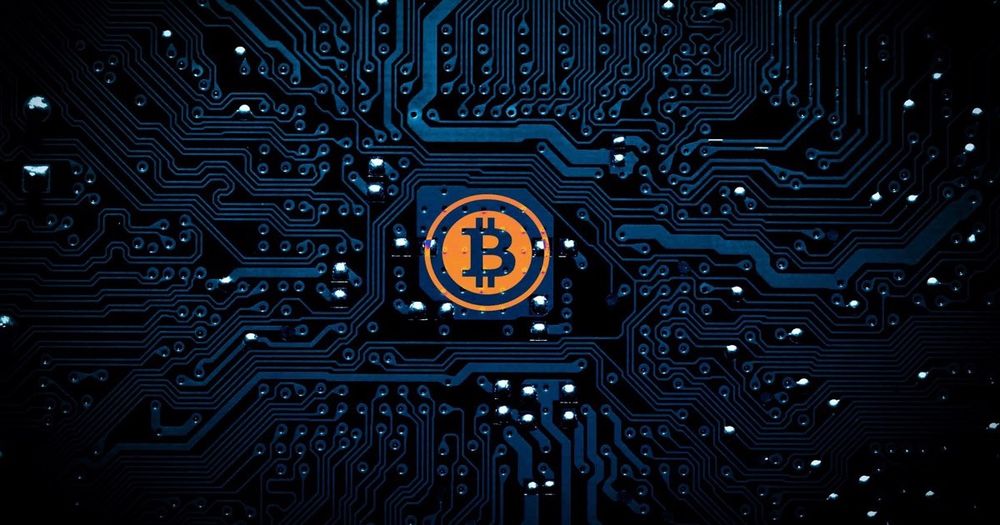Cost of a 51% Attack and Security of Bitcoin, Monero, Litecoin and other Cryptocurrencies

Bitcoin has been disrupting the financial world for a past few years now hence many institutions such as governments and banks may feel threatened.
First time in the history is the monetary system being challenged with new ideas and more advanced and safer technologies.
Since the decentralized nature of Bitcoin doesn't leave malicious parties with many attack surfaces to take advantage of, executing a successful attack is very costly and time-consuming.
However, there's one that always gives goose bumps to every crypto nerd when talking about weaknesses of cryptocurrencies. The attack is known as 51% attack.
It's an attack where an attacker acquires more than 51% of a network's hash rate which lets him disrupt its normal operation. However, this type of attack may become costly depending on the cryptocurrency.
The costlier it gets, the more secure the network is which is exactly the measurement of security that I'll be looking into in this article.
The reasoning behind this assumption is that the high cost will deter most attackers since only very few entities are able to afford it. More so, because an attacker is not able to do much besides censoring transactions.
Let's first define some variables that we'll be using in our calculations.
NHR = Network hash rate (in GH/s)
HWC = Hardware cost (per single unit)
HWHR = Hardware hash rate (in GH/s)
HWP = Hardware power consumption (in KW)
HWUN = Hardware units needed
CGHS = Cost per GH/s
KHC = Killowatt hour cost
OTHWC = One-time hardware cost
ECPD = Electricity cost per day
CCPD = Cooling cost per day (let's assume it's same as ECPD)
FOPA = 51% attack per day
Equations go as follows:
HWUN = (NHR x 1.01) / HWHR
CGHS = (1 / HWHR) x HWC
OTHWC = (NHR x 1.01) x CGHS
ECPD = (((HWP x HWUN) x KHC) x 24) + CCPD
FOPA = OTHWC + ECPD
Please note that there are other variables that affect the cost of a 51% attack:
- availability of mining HW
- mining difficulty
- mining reward that can be used towards acquiring new hardware
- differences between manufacturing and market prices
- a location of the mining operation
- other HW components (CPU, motherboard, RAM, cooling)
- maintenance etc...
For the sake of simplicity, I will ignore those.
To calculate the hardware cost I used data from Crypto Compare which lists an updated list of HW equipment sorted by mining efficiency. I used the very same site to determine the each network's hash rate too.
I've also arbitrarily chosen $0.05 as the cost of 1 KWh. It may differ depending on the location, government subsidies etc.
Here we go...
Bitcoin
Bitcoin is the most valued and most powerful cryptocurrency network with the hash rate of over 6 157 000 000 GH/s or 6.15 exahashes per seconds.
It can only be effectively minted with ASIC miners that are specifically optimized for operations with a single hash function (in Bitcoin's case sha256()). Currently, the most efficient one is AntMiner S9 which costs more than $2100 on eBay (currenty it's unavailable from the official sources) and offers a hash rate of 13 000 GH/s.
In order to successfully launch a 51% attack, the attacker would need more than 478 400 hardware units which cost roughly $1 004 669 000. To power the attack, you'd need to pay around $1 578 000 in electricity each day (including cooling).
The total daily cost of the attack starts at ~$1 006 247 000.
Ethereum
Ethereum is the second largest cryptocurrency by market capitalization. Its fans often believe in the flippening which refers to a possible (in my opinion very unlikely) event of Ethereum overtaking Bitcoin and becoming the largest cryptocurrency by most measures.
Let's see how it compares when it comes to security instead.
The network's hash rate is 76 650 GH/s.
Currently, there aren't any available ASICs for Ethereum, so I used Radeon RX480 as the most efficient option. The cost of this graphics card $199 and offers a hash rate of 0.025 GH/s.
More than 3 090 000 units are needed to overpower the network which would cost more than $616 235 000 (excluding other HW components). The electricity cost per day is thus more than $111 400.
The total daily cost of a 51% attack starts at $617 350 000.
Litecoin
Litecoin is Bitcoin's younger brother with a market cap of over $2 billion. It's also a third largest cryptocurrency when it comes to a hash rate which is currently over 12 300 GH/s.
The largest mining HW provider Bitmain offers ASIC miners for Litecoin too. Antminer L3+ features a maximum hash rate of 0.504 GH/s for more than $1 600 per unit.
To launch a 51% attack, the attacker would have to purchase more than 24 600 Antminers which would set him back over $40 580 000.
Powering the ASIC miners for the whole day costs around $47 400 thus the total cost of running the attack for a single day starts at $40 635 000.
Dash
Dash is a semi-private cryptocurrency with instant payments and current market capitalization of over $1.8 billion.
The network's hash rate is 71 740 GH/s. Currently, the best cost effective mining hardware is Baikal Quadruple with a hash rate of 600MH/s and a price tag of $1 395 per single rig.
Since the hardware is very efficient, only little over 12 700 of these units are needed for the total price of $168 463 000.
Powering the mining farm for a single day only costs $46 300 so the total cost for 1 day isn't much different from the price of the hardware.
Monero
Please note that I got Monero numbers wrong.
Monero is one of the best privacy-oriented cryptocurrencies if not the best with features like Ring CT (confidential transactions) and stealth addresses.
The network's hash rate is only 1.38 0.138 GH/s but the mining hardware is very expensive and not very efficient. The best option for mining Monero is a custom made mining rig by MineShop for $2 300 with a hash rate of 4 230 H/s.
Despite the small network hash rate you will still need to obtain more than 329 000 32 900 of these rigs for the total price of $795 505 000 $79 550 500.
The power consumption of the hardware is pretty high and a day worth of electricity will cost you more than $593 000 $59 300.
The total cost of running a 51% attack for a single day is staggering $760 000 000 $76 000 000.
Zcash
Zcash is another privacy-oriented cryptocurrency which uses zero-knowledge proofs to secure users' privacy and fungibility of their money.
It has the lowest network hash rate among all other currencies in the list with the rate of only 0.22 GH/s.
Currently, the most efficient hardware for mining Zcash is nVidia GTX 1080 TI with a hash rate of 680 H/s which you can purchase for $700. You will need to get more than 333 000 of these graphic cards for more than $233 308 000.
Electricity including cooling costs almost $200 000 per day thus the total attack cost for a day is $233 508 000.
Summary
The crypto ecosystem had an impression for a long time that Bitcoin is the most secure cryptocurrency in the world. Even websites like this tried to prove this assumption.
However, the site uses old data to calculate the cost of a 51% attack. With the latest ASIC mining rig, the cost has become more than 50% cheaper than assumed.
Based on my research, I conclude that Monero is now the most secure cryptocurrency network in the world (at least among those tested).
Surprisingly, Zcash is third with around 60% less security than Bitcoin.
As originally concluded Bitcoin is still the most secure network in the world followed by Ethereum, Zcash, Dash, Monero and Litecoin is the least secure currency out of these 6.

Further looking at the data, it's easy to spot one interesting thing.
Electricity cost is 3 times more expensive for Bitcoin. This makes it running a 51% attack on Bitcoin for more than 6 months less viable as it becomes more expensive.
Also, this type of attack doesn't let the attacker steal coins nor gives him any direct economic benefits.
Economically speaking, he is only able to claim a mining reward but because mining Bitcoin is much less profitable than mining Monero (and Monero isn't very profitable to mine either) economic incentives may not be strong enough to attack either of the networks.
Since there isn't any sensation happening most of the summary doesn't make any sense.
Either way, it's always interesting comparing the cost of a 51% attack within major cryptocurrencies.
Because the hardware constantly evolves and there are likely other forms of possible attacks on cryptocurrencies, more research and scientific approach needs to be done. Thus, these findings aren't definitive.
Are you surprised by these results? Please let us know in the comments below.
P.S. sorry I totally got lost in numbers and fucked up the article. My bad!




